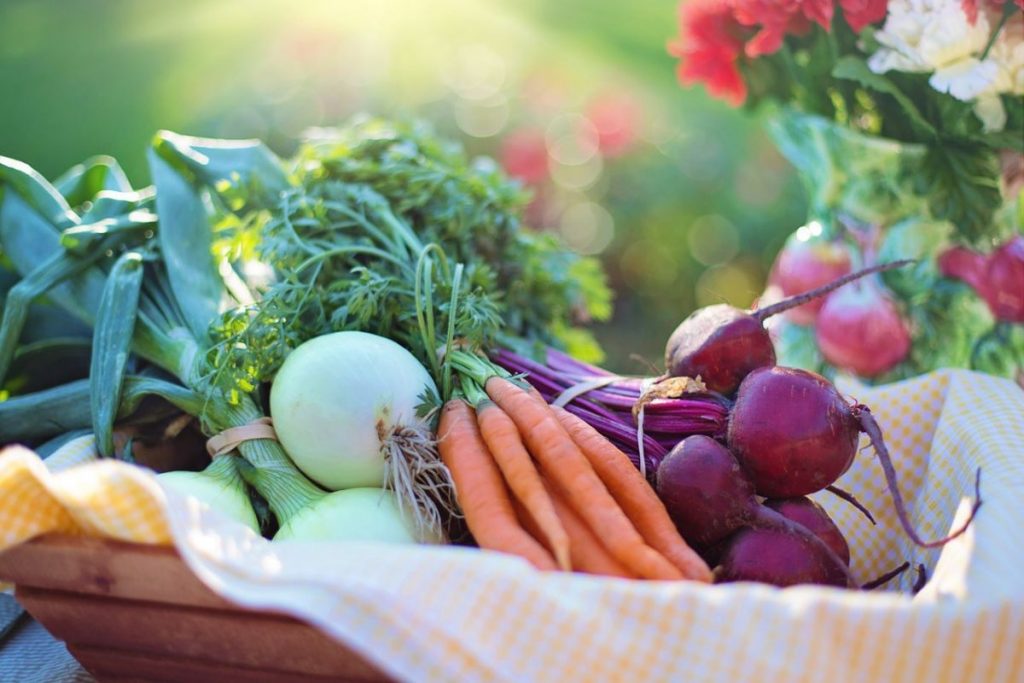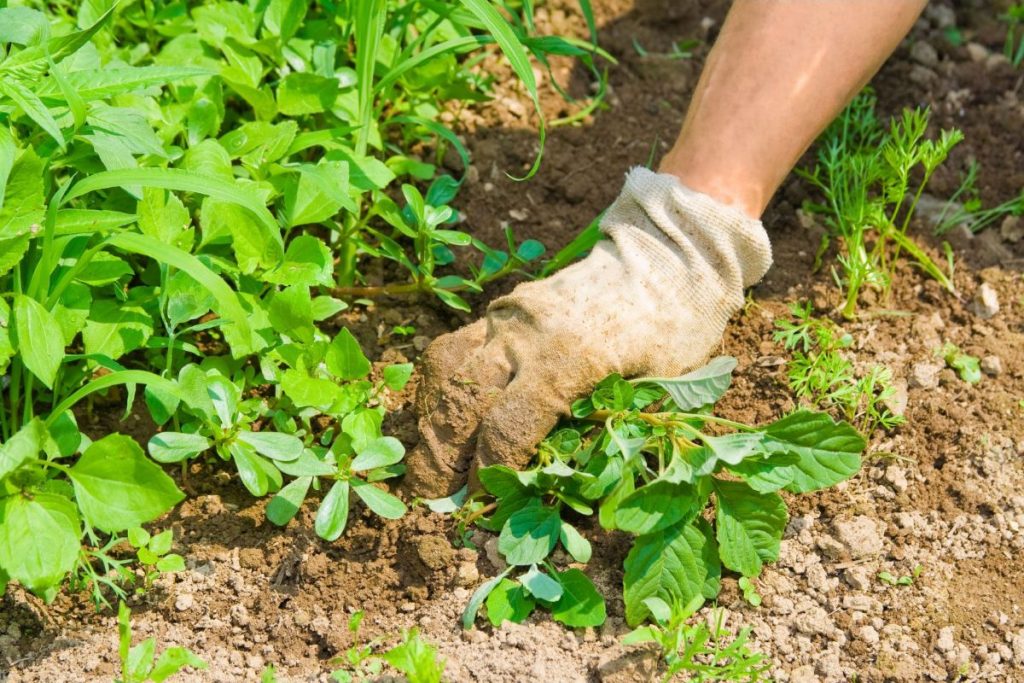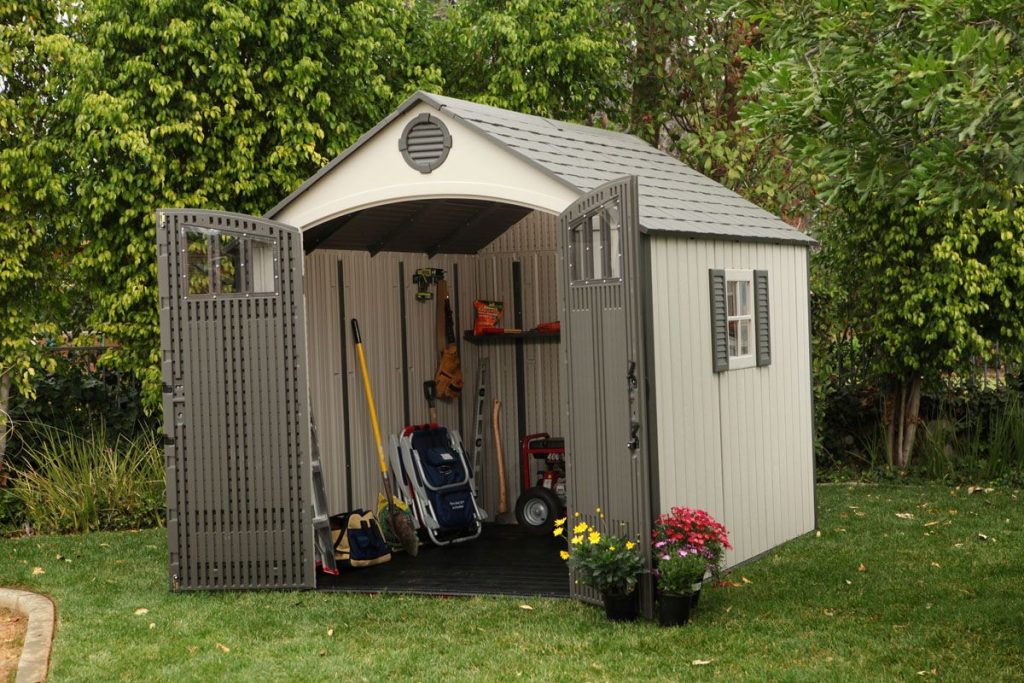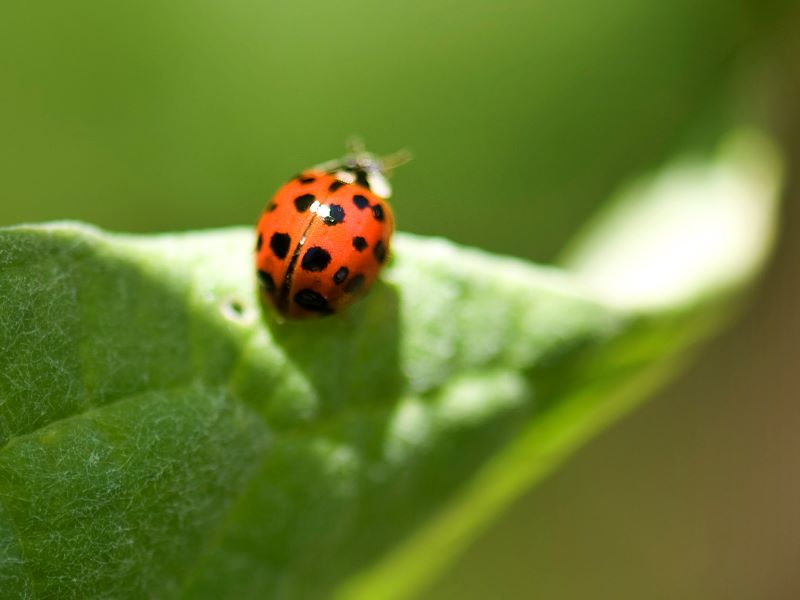Table of Contents
More and more people now choose to raise their own veggies at the confines of their home. While it takes a lot of effort to do that – with all the challenges of pests and diseases – it is definitely a delight to see your efforts sitting there right on your plate readily for you to consume. However, you can minimize the hitches entailed in gardening while also gain another food source – or a pet if you like – with this new and innovative way of gardening. Read more and get yourself a self-sustaining garden at home.
What is Aquaponics?
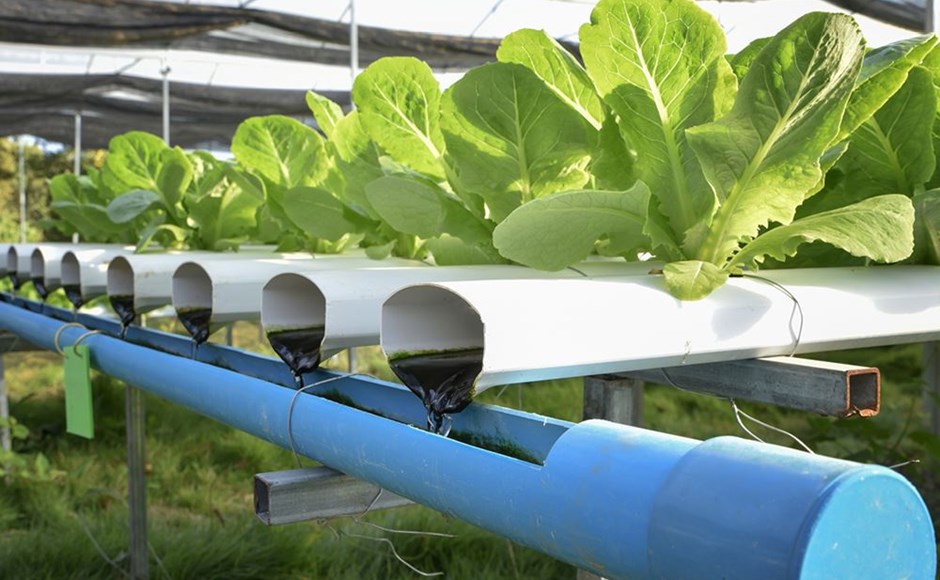
You might ask what an Aquaponics is, and how it can hit two birds with one stone for your food source. Simply put, Aquaponic is the amalgamation of plants and fish in one integrated system of gardening. In this gardening style, these sources, the plants and the fish, essentially rely on each other for survival. The fish’s waste becomes the plants’ organic food source; the plants filter the water for the fish to survive. To balance out the drawbacks between the two, there’s third actors in these symbiotic process, the beneficial bacteria and composting red worms. The beneficial bacteria convert the ammonia – lethal for the fish health and useless for the plants – that is apparent in fish wastes into nitrates; these makes and excellent plant food and harmless for the fish. Meanwhile, the worms convert decaying plant waste and solid waste into vermicompost, which also supplements as food source for the plants.
Why you should go with Aquaponics?
Not only does it offer two kinds of food sources, but also, employing aquaponics as your gardening style offers more convenience than traditional soil-based gardening.
There’s freedom from soil pests
For gardening, pests are certainly the number one enemy for quality produces. According to David Pimentel, “Insect, plant pathogen, and weed pests destroy more than 40% of all potential food production each year.” Despite the application of pesticides and other non-chemical controlling techniques such as, crop rotation and biological controls, pests are still a headache. But when your garden is Aquaponic, you don’t have to make a big deal out of this – although there’s still a tiny bit of chance for pests to find its way to your crops – and it rules out the use of pesticides since it potentially harms fish.
Weeding is no longer needed
Weeding is the back breaker for every home gardeners, but, aquaponics isn’t going to require you to do this anymore since there’s no soil for weeds to grow; and, since you can set it up waist-high, you don’t have to bend your back anymore.
Water is already provided
The recirculation of water from the fish tank to the vegetable grow bed means you won’t have to think much of the daily watering routines. The fish waste provides nourishment for the plants; whereas, the plant filters the water for the fishes’ well-being. With its balanced system, watering is virtually inessential since it is self-sustaining – you have to add water at some point though due to evaporation or transpiration.
Plants grows faster
This is a fact since plants get their nutrients straight to the roots from well-suited fish wastes for 24 hours. Say for example, lettuce, which takes 2 months to grow in traditional soil-based gardening have been confirmed to grow in just a month when grown utilizing aquaponics. This is more productive and convenient for green thumbs out there.
You can sit back and watch
It takes a small effort to maintain an aquaponic garden. You don’t have to stress yourself with pest-control strategies, weeding, and other measures; and, therefore, you use around 70 percent less of your energy than in traditional gardening.
It is sustainable
You don’t have to worry about sustainability since reproduction is sure-fire without large depletion in natural resources to maintain your aquaponic garden.
Food sources are healthier
Probably the top reason why some people choose home-grown produces than those accessible in the market – since it’s bombarded with who-knows array of chemicals. But, gardeners still overlook the fact that pests are virtually evident in traditional soil-based gardening and, therefore, the use of pesticides is a must if they want their veggies to live. It doesn’t need to be reiterated what your plants, your fish, and you can benefit from an aquaponic garden. It is undeniably the best way to produce your own food.

Setting up your Aquaponic Garden
Setting up your Aquaponic Garden depends on your vision and circumstances around you. For example, people living in cold climates opt to build their gardens inside a green house to keep it warm, year-round.
Tank
A well-tuned aquaponic tank can sustain one fish per 10 gallons of water; This is so the fish can have a lot of space to swim, and so the balance in the system doesn’t go unbalanced. As someone new to Aquaponics, you can start with 225-gallon square bin or a 55-gallon barrel; two average-size food-grade tanks – easy to get a hold of from food industries. If you’re thinking of larger tanks, then an above ground vinyl swimming pools are your best bet.
Grow bed
A water-resistant container is needed to house your veggies. You can find a lot of products for this purpose. If you’re thinking of a DIY approach, then build shallow wooden boxes – 6 to 10 inches deep if possible – and line it with a pond liner.
Fine gravel or perlite, inert growing mediums, is required to fill each bed. If you want something better, Coco coir is your go-to for its ability to retain moisture and air simultaneously, professionals recommend this. But, you can always use a mixture of these 3 inert growing mediums as a great formula.
Pumps and Hardware
Continuous water flow is needed to make the self-sustaining system alive. If your thinking of an almost self-supporting aquaponic system, then install for a solar-powered pump; it depends in your preference whether your pump collects drains water from the grow beds (if it’s below tank) and put it back in the tank again or scatter water over the top of the grow beds (if it’s above tank.) There’s a slight complexity when it comes to setting up pumps and piping. Beep a friend when you’re not confident with your plumbing and electrical skills. And, of course, don’t forget an aerator for fish’s oxygen.
Fish
Catfish are very amenable for your aquaponic garden and can endure the coldest climate, but keep in mind that thy only grow when the water’s warm. Another fish that you can choose are the Yellow perch, which, unlike catfish, can still have growth in cold tanks. But, your best bet will be Tilapia, the most common species used in small-scale aquaculture system. However, if you don’t fancy putting fish on your pan for dinner, then why not just take care of them as pets. You can go with a gold fish, since they produce a lot of nitrates for the plants, or a Koi fish for their high resistance to parasites and durability in changing temperature.
Plants
You can almost grow anything with hydroponics – lettuce, kale, arugula, spinach, basil, dill, etc., you name it. However, it is understandable that plants such as squash, corns, watermelons, anything that is too big is impractical for your aquaponic garden.
Management
For the management of your aquaponic garden, all you have to do is to check if the aerator is running 24/7 for the fish’s oxygen. Set timers for your pumps so that it turns on for brief moments several times a day. Check which frequency and length of watering is best suited for your tank: Your objective is to keep it running for clean water, as well as limit it.
Keep it simple and small at first since you’re still a beginner at this. Once you have established yourself a pace, it’s up to you whether you’ll expand your aquaponic garden or be content with your healthy food source.
Get some Patio Furniture
If you really want to enjoy your new aquaponics garden, you should try to get some patio furniture to liven up the space. This will create a fine ambience and aura for your garden, and allow you to spend time with your loved ones in your beautifully created natural space. There are many affordable options on the market, and you should go for one, which compliments your garden and environment.
